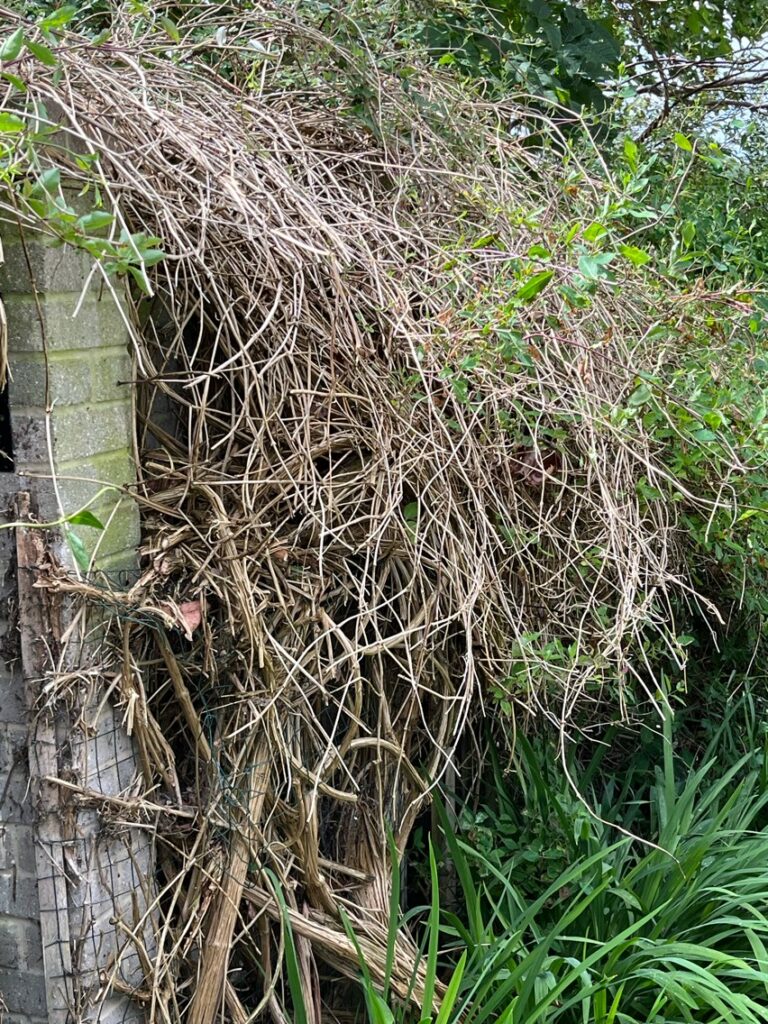Rejuvenating Your Honeysuckle: Pruning Back Deadwood for New Growth

Honeysuckle is a beloved flowering vine that can add beauty and fragrance to any garden. However, over time, honeysuckle plants can accumulate a significant amount of deadwood, hindering their growth and overall health. Pruning back honeysuckle every four years is crucial to encourage new growth from dormant stems at the base of the plant, resulting in vibrant foliage and abundant flowers. In this article, we will delve into the importance of pruning and discuss the essential steps to revitalize your honeysuckle, including post-pruning care.
The Importance of Pruning: Honeysuckle plants naturally tend to develop deadwood over a period of three to four years. Deadwood not only detracts from the plant’s appearance but can also impede new growth. Pruning is necessary to remove this deadwood and stimulate fresh shoots from the dormant stems near the base of the plant. By doing so, you provide your honeysuckle with a renewed lease on life, enabling it to thrive and produce a profusion of beautiful flowers.
Pruning Technique: When it comes to pruning honeysuckle, a hard pruning every four years is recommended. This means cutting the plant back significantly, usually during the dormant season when the plant is not actively growing. The best time for pruning honeysuckle is late winter or early spring, before the new growth begins.
Start by assessing your honeysuckle for deadwood. Deadwood is often discoloured, brittle, and lacks buds or leaves. Using clean, sharp pruning shears or loppers, carefully remove the dead and damaged wood, making clean cuts just above healthy buds or nodes. Aim to remove around one-third to one-half of the plant’s overall growth, ensuring a balanced and open structure.
Stimulating New Growth: After pruning, your honeysuckle might look bare and sparse, but don’t worry—this is the first step towards rejuvenation. The hard pruning will trigger dormant buds near the base of the plant to awaken and produce new shoots. These new stems will eventually fill out the plant, resulting in a lush and vigorous honeysuckle.
Post-Pruning Care: To aid in the recovery and growth of your honeysuckle after pruning, it is essential to provide proper care. One crucial aspect is feeding the plant to replenish its nutrient reserves. Apply a balanced, slow-release fertiliser around the base of the plant, following the manufacturer’s instructions. This will provide a steady supply of nutrients to support new shoot development and overall plant health.
In addition to feeding, regular watering is crucial, particularly during the first few weeks after pruning. Ensure the soil around the base of the plant remains consistently moist but not waterlogged. Proper hydration will promote root growth and help the new shoots establish themselves.
Be mindful of any potential pests or diseases that may take advantage of the pruning wounds. Monitor your honeysuckle regularly and address any issues promptly. A healthy and well-maintained honeysuckle is more resilient to pests and diseases, so maintaining good garden hygiene and monitoring your plant’s health are essential.
Pruning back honeysuckle, especially when it accumulates deadwood, is a vital step in rejuvenating the plant and promoting new growth. By removing deadwood and encouraging dormant stems to produce fresh shoots, you can revive your honeysuckle’s vigor, resulting in an abundance of vibrant foliage and beautiful flowers. Remember to feed your honeysuckle after pruning to support its recovery, and provide adequate water and care to help the new shoots thrive. With proper pruning and post-pruning care, your honeysuckle will flourish and continue to enhance your garden for years to come.